Contents
- 1 Introduction to Sock and Suit Coordination
- 2 The Fundamental Principles of Sock Matching
- 3 Comprehensive Sock and Suit Matching Guide
- 4
- 5 Mastering Color Theory in Sock Coordination
- 6 Patterns and Textures: Elevating Your Sock Game
- 7 Formal vs. Casual Sock Styling
- 8 Avoiding Common Sock Styling Mistakes
- 9 Scenario-Based Sock Recommendations
- 10 Frequently Asked Questions (FAQ)
- 11 The Art of Sock Confidence
Introduction to Sock and Suit Coordination
At this time really too Complicated to Knowing How to Match Socks with Suits! In the complex universe of men’s fashion, style is in the details. A tailored suit says a lot, but the frequently neglected aspect of sock choice can ruin your whole look. For fashion-forward men nationwide, knowing how to pair socks with a suit is not just a fashion concern—it’s a reflection of personal brand, detail, and sartorial acumen.
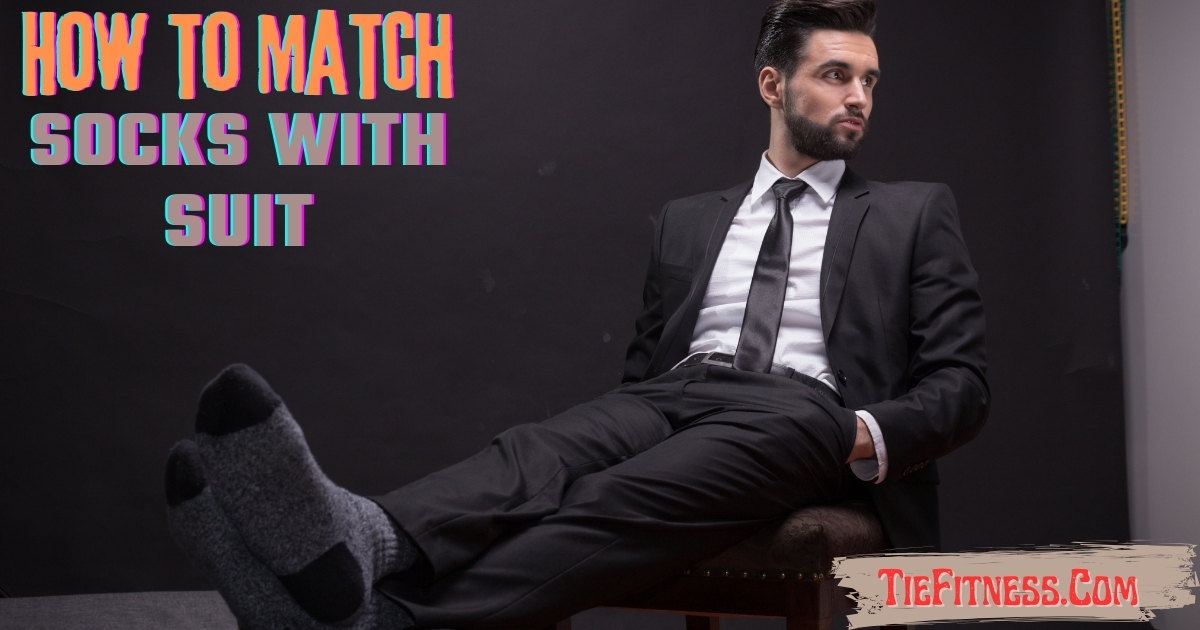
Every working minute is an opportunity to showcase your style intelligence. Whether preparing for that crucial business meeting or dressing up for a wedding or evening out, the right sock pairing can transform your look from ordinary to extraordinary. This master guide cracks the code of sock and suit pairing, providing useful tips that will boost your confidence and style quotient.
The Fundamental Principles of Sock Matching
Choosing a sock is a lesser-known skill that goes beyond mere color coordinating. It is a question of understanding the nuanced balance between your suit, shoes, and your personal style preferences. Style analysts agree that a sock is something more than an accessory but an intentional style feature that is reflective of sophistication and detail orientation.
Color psychology is also crucial while making sock selections. A proper color can help create visual harmony, reflect fashion awareness, and add an element of personality to corporate attire. Professional designers recommend that sock selection should be made a conscious style choice and not an afterthought.
Comprehensive Sock and Suit Matching Guide
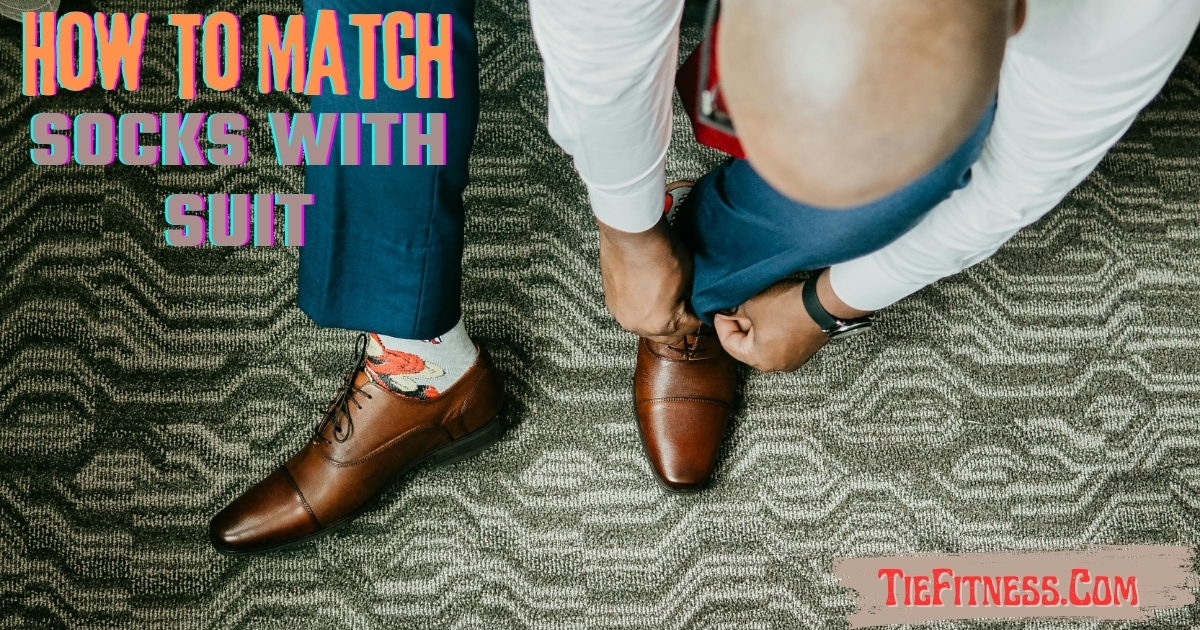
Sock Pairing Reference Table
| Suit Color | Recommended Sock Colors | Fabric Suggestions | Formality Level | Style Impact |
|---|---|---|---|---|
| Navy Blue | Gray, Burgundy, Forest Green | Merino Wool, Silk Blend | Business Formal to Smart Casual | Sophisticated, Versatile |
| Charcoal Gray | Navy, Maroon, Deep Purple | Fine Wool, Cotton Blend | Business Professional | Refined, Authoritative |
| Black | Black, Dark Charcoal, Deep Burgundy | Silk, Fine Wool | Formal, Evening Wear | Elegant, Timeless |
| Beige/Tan | Navy, Olive Green, Rust | Lightweight Cotton, Linen Blend | Business Casual to Casual | Relaxed, Fashion-Forward |
| Light Gray | Dark Blue, Deep Red, Sage Green | Soft Wool, Silk | Smart Casual | Modern, Approachable |
Mastering Color Theory in Sock Coordination
Color coordination is the basis of fashionably designed socks. The aim is to create a visually harmonious vocabulary that will complement your suit but never dominate it. Fashion stylists recommend three easy color-matching methods:
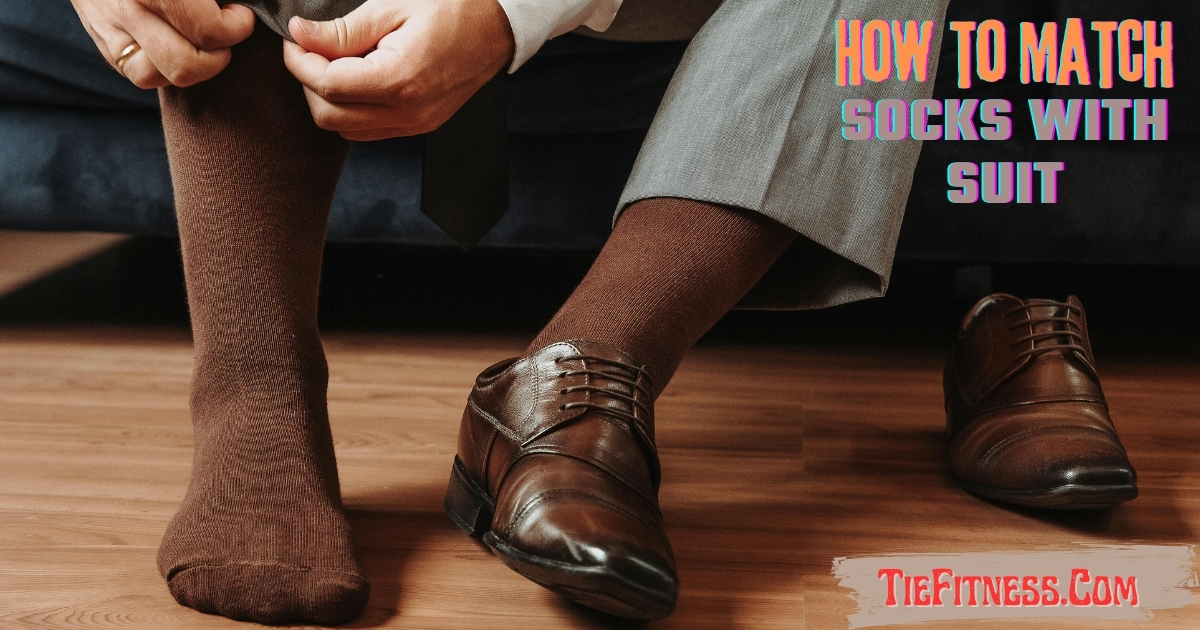
Complementary coordination is choosing socks that complement a secondary color of your suit or shirt. This produces a thoughtful, planned appearance that shows style and sophistication. An excellent example is wearing burgundy socks in a charcoal gray suit, which provides sophistication to the color conversation.
Neutral-colored bases are timeless and secure choices. Navy, gray, and black socks are well-rounded choices as they readily fit with almost any suit color. These are particularly excellent choices for career professionals who are just starting to develop a sense of fashion or who are in more conventional business environments.
Accentuating the contrasts is a braver fashion statement. With a deliberate splash of color in the form of socks, you can project style confidence and personal character. It works best with monochromatic suits so that the socks stand out as an attention-grabbing part of your attire.
Patterns and Textures: Elevating Your Sock Game
Incorporating Patterns with Strategic Precision
The selection of patterns should be nuanced. In very formal settings, lessВт-stripe or small geometrical types are advisable. These minimal patterns keep things professional while allowing a touch of personality to peek through.
Bolder patterns for creative or social events will be allowable. Polka dots and larger geometric prints can be things that show how confident one can be with one’s style or personality. The key is, of course, understanding the situation and balancing creativity with appropriateness.
Texture Considerations for Different Seasons and Settings
The type of fabric is equally important as the color and pattern. Wool socks will add warmth and sophistication to winter suits, while lightweight cotton or silk blends are perfect for summer and in warmer climates. Ribbed textures add interest without overpowering an outfit.
Formal vs. Casual Sock Styling
Formal suit styling requires the same conservative taste as the outfit: a solid color in a dark hue or a very small and sparse pattern is advisable. The material will preferably be silk or fine merino wool. Here, it is important to match or create contrast without being jarring.
Business casual allows you to give yourself some leeway. You can make use of medium-patterned or relatively adventurous colors in a business casual setting. It’s about allowing a touch of personality in a professional attitude.
Avoiding Common Sock Styling Mistakes
Professional stylists consistently highlight several critical errors to avoid. Never pair athletic socks with dress suits, as this immediately undermines your style credibility. Ensure socks are the correct length, covering the ankle when seated, with no visible skin between the shoe and the sock.
Consider your shoes as part of the overall color coordination. Socks should complement both the suit and shoe color, creating a cohesive visual narrative.
Scenario-Based Sock Recommendations
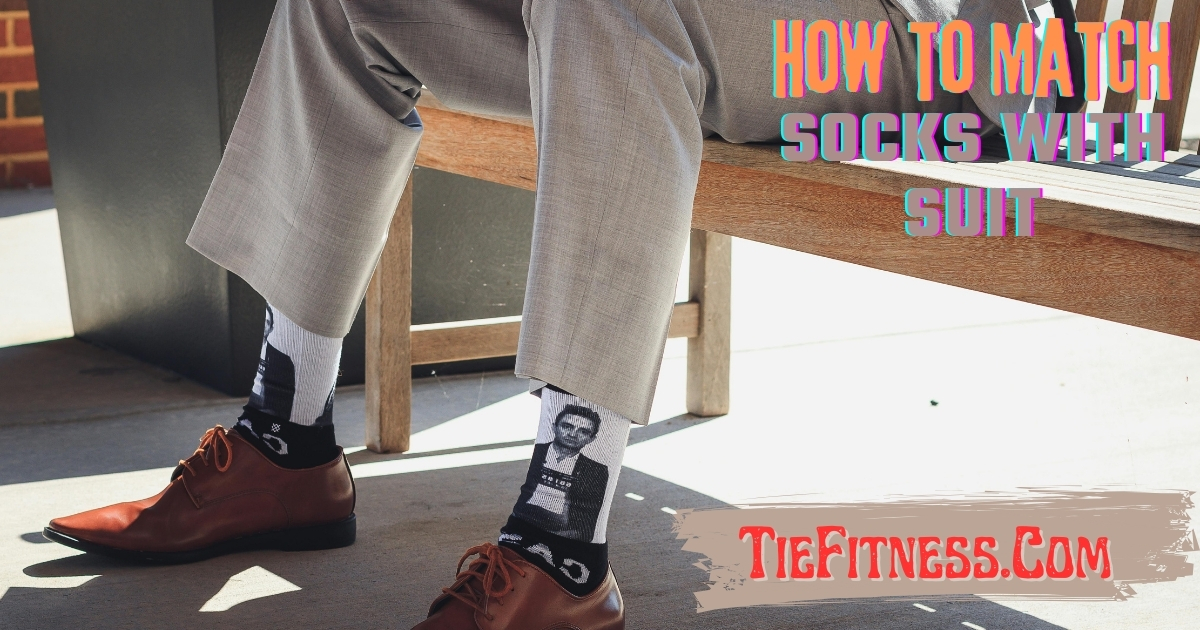
Professional Contexts
More conservative industries call for a more subdued approach. The safest options are solid dark socks in navy, charcoal, or black. Creative industries allow for a bit more experimentation with subtle patterns and coordinated colors.
Special Occasions
Weddings and formal events call for special attention. Formal weddings require an exact color match, while destination or themed weddings may allow for some creativity in sock choice.
Frequently Asked Questions (FAQ)
1. How Do I Choose the Right Sock Length for a Suit?
Choose socks that cover your ankle completely when seated. Aim for mid-calf to over-the-calf lengths to prevent skin showing when sitting. Dress socks should be long enough to maintain a clean, professional appearance throughout different movements.
2. Can I Wear Patterned Socks with a Suit?
Yes, but with careful consideration. In formal settings, opt for subtle patterns like thin stripes or small geometric designs. Creative environments allow for bolder patterns. The key is balancing pattern complexity with suit color and overall professional context.
3. What Sock Materials Work Best with Suits?
Merino wool, silk blends, and fine cotton are ideal. Wool provides warmth in winter, silk offers a luxurious finish for formal events, and cotton ensures breathability. Choose based on season, suit fabric, and personal comfort.
4. How Do I Match Sock Color with Different Suit Colors?
Refer to the color pairing table in the article. Generally, match or slightly contrast your socks with your suit. For navy suits, try burgundy or gray. For charcoal suits, navy or maroon work well. Black suits pair best with black, dark gray, or deep burgundy socks.
5. Are White Socks Ever Acceptable with a Suit?
Almost never. White socks are considered inappropriate for professional or formal attire. They should be reserved for athletic wear or casual settings. Always choose dark, neutral, or coordinating colors when wearing a suit.
The Art of Sock Confidence
Knowing how to match socks with a suit is more than just a fashion technique; it is even one way of communicating non-verbally. You turn your outfit from mere clothes into a statement of personal style and confidence through an understanding of color theory, pattern selection, and contextual appropriateness.
Remember, style is personal. All the above guidelines are meant to be a framework for expression, not hard-and-fast rules. Experiment, have fun, and most importantly, wear your socks with unwavering confidence.

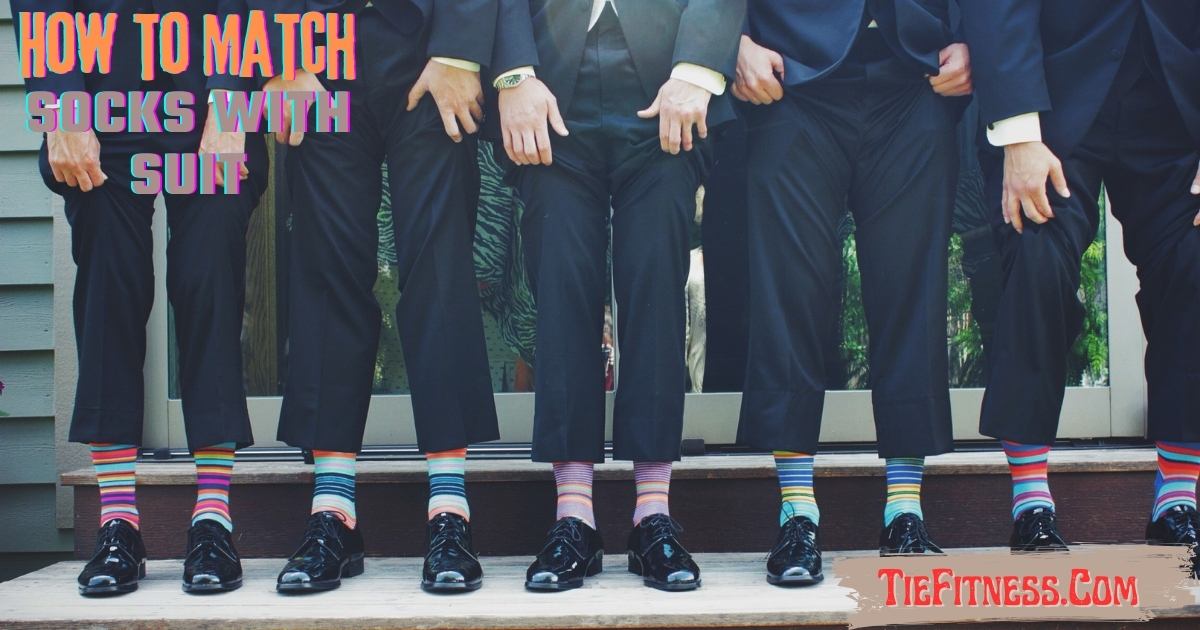
1 thought on “How to Match Socks with Suit! The Ultimate Style Guide for Modern Men”